Why Babies Should Travel Laid Flat In A Car Seat Infant Carrier.
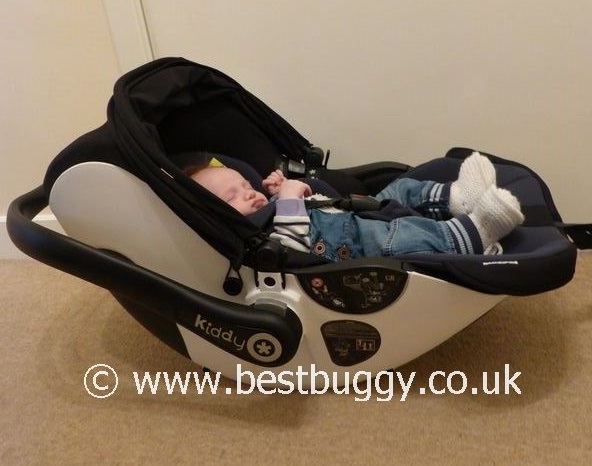
In 2012, there were NO infant fatalities in UK road traffic accidents. (Royal College of Paediatrics and Child Health, 2014)
In 2010, 310 babies in the UK died of Sudden Infant Death Syndrome (SIDS) in the UK. (Lullaby Trust, 2013)
It is estimated that around 24 babies in the UK die each year whilst in their infant car seat. (BabyBWell, 2014)
It is an amazing statistic, that no children under the age of one, died in a road traffic accident in 2012. This is a fact which no doubt has to be credited to the hard work which has been put into infant carrier safety, over many years.
Car seats absolutely save lives, and MUST be used correctly.
However, attention needs to be turned to raising awareness of the health risks of using a typical infant car seat, where the baby is sat at an incline, in the hope that in future, no babies will die in their car seats, nor from SIDS, where the use of car seats may have played a part.
A study published in 2001 discovered that a significant number of pre-term and full term babies had decreases in oxygen desaturation after sitting in a typical car seat for just 20 minutes.
The ‘rule’ which seems to be commonly accepted, is that an older baby shouldn’t be in a car seat for longer than 2 hours, and a newborn no more than 30 minutes. However, if oxygen desaturation can start as soon as 20 minutes after placing the baby in car seat, then surely 20 minutes has to be the recommended maximum time, that an infant should spend in a car seat?
How long is your baby already in their car seat, before you even put them into the car?
Do you get your baby ready and strapped into their car seat, BEFORE you get yourself ready to leave the house?
The clock starts ticking down from 20 minutes as soon as you put the baby into the infant carrier, NOT from the time you leave the house.
20 minutes isn’t long is it?
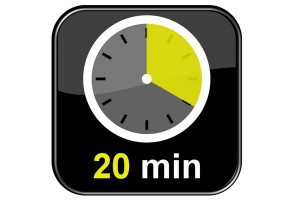
So why are newborns at risk?
The risks to babies in infant carriers, are due to the position of the infant in the more upright position. A newborn baby does not have a fully developed head with good enough neck support. Their head may flop down, thus restricting their airway. A premature baby is at a particular risk, and many hospital check preemie babies in their car seats before they are allowed to leave the maternity hospital. Lie flat 0+ infant carriers are much safer for any baby: for newborns, older babies, and especially for preemies or children with health conditions.
What are the risks of having an infant in a baby car seat?
Plagiocephaly – ‘flat head’ syndrome.
Adverse cardiorespiratory effects – respiratory and heart rate increases
Increased reflux – some babies with reflux are better sat up, for other babies the pressure placed on the abdomen, in an upright position, can make reflux much worse.
Bradycardia – a slower pulse rate than is typical which can lead to problems with breathing, dizziness, nausea and fatigue.
Oxygen desaturation - less air reaches the lungs, which causes lower levels of oxygen in the blood.
Positional asphyxiation – the baby’s head falls forwards so that the chin is on the chest. This cuts off air flow to the lungs which leads to death.
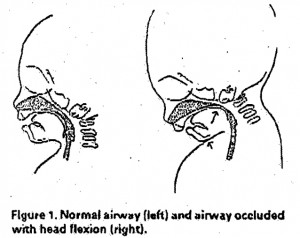
SIDS – Sudden infant death syndrome is where there is an unexplained reason for the death. The upright seating position in a car seat could be a contributory factor in an increased number of deaths where babies were not placed on a firm mattress. Limiting the amount of time a baby is asleep in a car seat is a risk factor which could be removed.
Restricted growth of internal organs – Babies grow when they are asleep. If a baby is regularly asleep scrunched up in an infant carrier, then their internal organs e.g. lungs will not expand fully and grow.
Spine development is inhibited - the continuous curved position of the spine affects vertebral growth.
Muscle wastage - the muscles in the baby’s back are not used properly in the curved position. This will affect the long term stability of the back.
Motor Skills could be impaired – if the spine and back are not developed properly.
After months in the womb, a baby needs the early months, to unfurl, stretch out, and allow optimum growth.
Scary isn’t it?
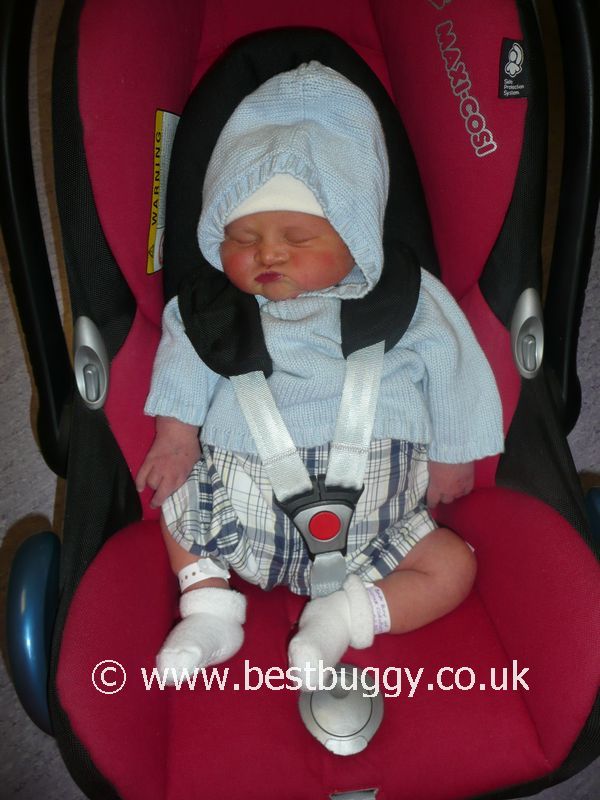
We were inspired to write this piece after a visit from a doctor friend of ours. She is a senior consultant in a maternity hospital and a mum of two. She confessed that she had no idea that there were risks associated with young babies being in car seats. No one during her antenatal classes, or at any time after, had ever told her, that transporting a baby in a typical infant carrier had risks associated with it.
We too, were not told about the risks, at any of our ante-natal classes. We also got no advice when we purchased our first car seat from a good independent retailer. All that mattered to us at the time was finding a car seat and pushchair chassis, which fitted into the car. The retailer was superb at helping us with this, but no words of caution were uttered.
Other friends too confessed that they had simply bought the car seat to match their travel systems.
We started to wonder… If we all were never told about the dangers of having a baby in a car seat, then how many other parents have never been told either?
Our research into the Doona car seat led us down a path which highlighted the very real, and very scary risks associated with infant carriers. Like any other parent, you simply don’t want to believe that anything could ever happen to your child. However, we ourselves had already had a huge warning, and had stupidly ignored it. We now know different….
It is easy to brush off posts like this as “it won’t ever happen to us”, or “these things only happen to premature babies”. However, the risks are just as real for older, seemingly healthy babies, as we found out:
Master BB was a healthy, good weight 7 month old. He was 9lbs 4oz at birth. From a few weeks after birth, he wore a SATs breathing monitor 24/7. He also had a sensor pad in his cot. However, the ONLY time the SATs monitor alarm attached to his body went off, was in the middle of a school assembly, where Master BB had been left in his car seat, on a pushchair chassis. Thankfully we were sat right next to him, and he was fine. But that moment is crystallised forever, and you never forget…
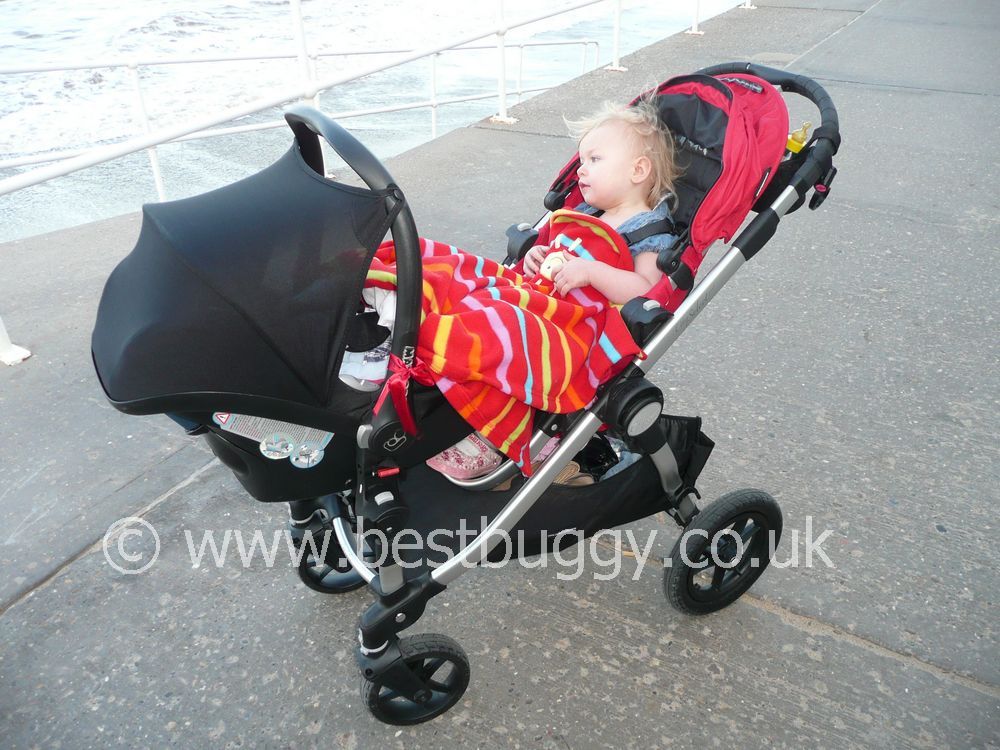
‘Travel systems’ i.e. a car seat can be placed on the chassis and pushed, have become the norm here in the UK. They do have a place for quick trips e.g. to the doctor or post office, but we are becoming increasingly concerned about the numbers of babies which we see in their Group 0+ infant carriers being pushed around shopping centres, with numerous high street shop carrier bags underneath; or worse, seeing babies being pushed all day in their car seats around theme parks. We do not believe that parents are not being given enough information about how a travel system should be used, and the potential risks to their baby in using a car seat for longer periods of time. Car seats are just that – seats for use in the car. Once you arrive at your destination, your baby should be transferred to a carrycot or lie flat pushchair, unless they are already in a lie flat infant carrier. We do not believe that many parents KNOW the risks which they are exposing their child to by using an upright car seat. At this point, we also need to highlight that some pushchair manufacturers also have ‘baby’ pushchair seats which have a similar incline as an infant carrier, and thus our team believe that the same ‘rules’ should apply to these, as to a car seat.
A suitable car infant carrier is required before a baby can leave a hospital here in the UK – even if you plan to travel home by public transport. Whilst this ensures that every family has access to a car seat, it also makes buying a car seat a priority. In an age where money is tight, it is also easy to decide to save on the cost of a carrycot, and simply buy the cheaper car seat adaptors instead. Equally nearly every manufacturer has a matching car seat for their pushchair – Maxi Cosi, Babystyle, Britax, Silver Cross. It is all too easy to buy the car seat which matches, without another thought, especially if it is sold as part of a package.
However, a car seat does not need to match your pram – after all you can’t use both at the same time – and as long as the car seat fits the chassis, then you have a probably have a choice of suitable car seats which fit onto car seat adaptors.
A typical Group 0+ infant carrier on a pushchair chassis is NOT a replacement for a carrycot or a lie flat pushchair seat.
However a lie flat Group 0/0+ car seat does not carry the same risks as a typical upright car seat, and thus may be used for longer periods of time.
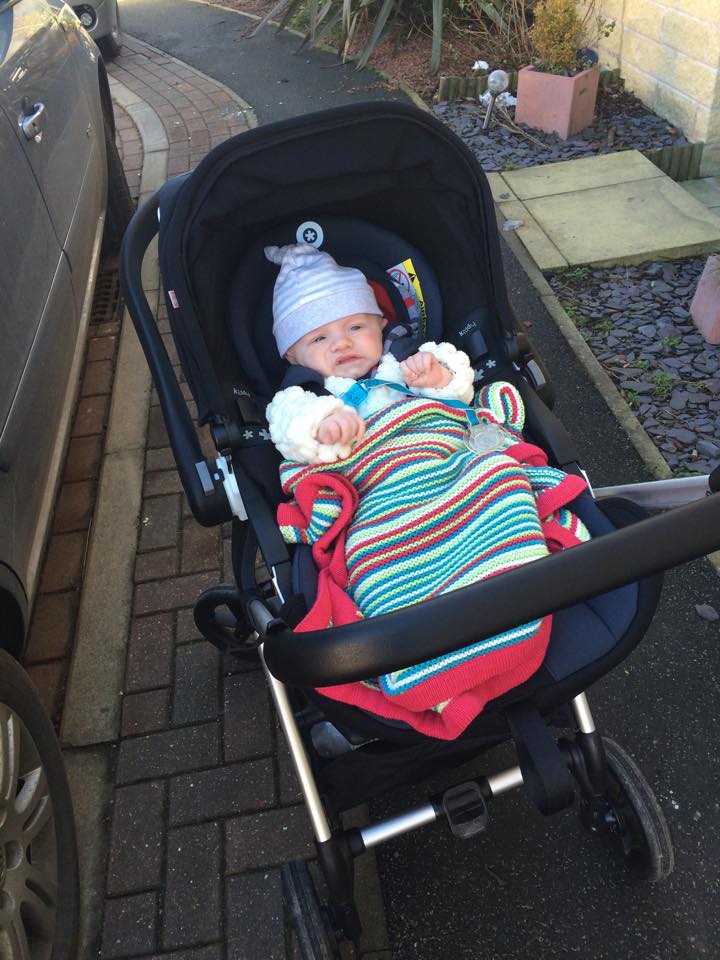
The catalyst which set me writing this post was something which happened today in a nursery shop. We know the retailer well, and they had previously told us that they usually sells a leading brand of upright infant car seat because ‘customers ask for them’. I knew that she had found it difficult to show customers anything other than these seats.
We walked into the shop, during a demonstration to a couple who were expecting their first baby. The retailer did an amazing thing for these parents to be. She had no idea that we were watching, as she walked past the upright car seats, and reached out for a leading lie flat car seat. She educated the parents-to-be on the merits, safety and healthy aspects of having their newborn baby laid flat, and she sold that car seat to those parents on the spot. She sold that car seat to those parents, because she knew that their baby would be safer laid flat, and she believed in the product. Chatting to the retailer later, they said that most parents-to-be have no idea that lie flat car seats existed or what the benefits are for their newborn child. It is time to change this!
We want to tell parents-to-be that there are lie flat car seats, and for all the reasons above, we would urge you to go and have a look at the options available.
Step away from the beautiful fabrics and shiny chassis’ of the pushchairs, and choose your car seat first.
ASK your retailer to see a lie flat car seat! Tell them, you want the safest and most healthy option for your unborn child. Don’t take our word for it, ask your retailer which seats give good safety protection, and low health risks for your baby. A lie flat infant carrier will also give you peace of mind as you travel. There is no need to keep stopping for regular checks.
Seriously consider never using a pushchair as a travel system, but instead always transferring your child to a carrycot or lie flat pushchair.
There are also car seats which give you a lie flat option, once the seat is removed from the car. This minimises the time the baby will be sat upright.
These are the options for lie-flat Group 0 and 0+ car seats.
Lie-flat beds / carrycots which take up 2 seats in the car – such as the Jané Transporter 2 & Matrix Light 2; and the Britax Baby-Safe Sleeper – usually Group 0 – up to 10kgs. These keep the babies head in the centre of the car – the safest place.
Lie-flat infant carriers which fit in one seat space in the car – such as the Kiddy Evo-lunafix and Casual Play Sono – Group 0+ – up to 13kgs.
0+ infant carriers where the baby is sat upright when in the car - but once placed on the floor, or the pushchair chassis, the seat can be laid flat – such as the Kiddy Evolution Pro 2; Jané Matrix Light 2; Cybex Cloud Q and Stokke iZi Sleep by BeSafe – Group 0+ up to 13kgs.
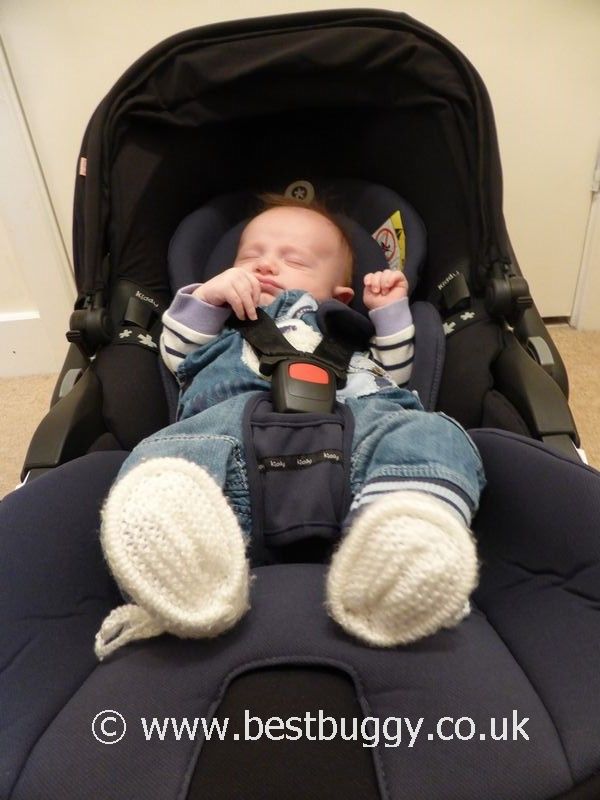
We have heard concerns about the safety of a lie flat car seat in the event of an impact. All lie flat car seats and beds have to go through the same crash testing as typical car seats do. The Kiddy Evo-lunafix (above) for example has a slatted base underneath the child which forces the child into an upright position in the event of an impact.
“Manufacturers should be engaged in prevention efforts, either through engineering and design improvements, or by pursuing strategies to educate parents on the risks.” [https://www.ncbi.nlm.nih.gov/pmc/articles/PMC3496352/]
We hope that car seat manufacturers are looking at how they can provide holistically safe and healthy ways for infants to travel in future: so that they are protected in the event of an accident, but also so that they remain safe and well during the journeys that they take, with no impact on the child’s long term health.
Retailers are the people who are most likely to be able to educate parents to be about car seat safety. We know that sales are important, but we would urge retailers to take just a minute or so longer to offer your customers a choice of a lie flat 0/0+ infant seat, and to explain why this would be the best option for their baby.
Meanwhile, more research and development needs doing on this topic, but hopefully by raising awareness of this topic, we can do our bit to start educating future parents about what is best for their unborn children.
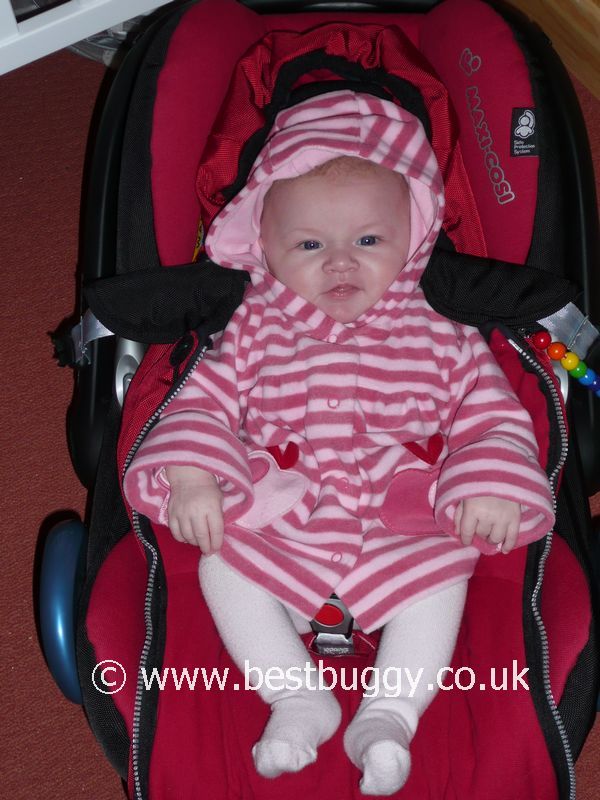
Data on Infant Mortality in the UK:
https://www.rcpch.ac.uk/improving-child-health/child-mortality/child-mortality
https://www.lullabytrust.org.uk/document.doc?id=300
Links to research into the risks involved in using infant car seats:
BLISS – Tips to avoid car seat cot death: https://www.dbh.nhs.uk/Car_seat_awareness.aspx
Scottish Cot Death Trust – Reduce the Risks of Cot Death: https://www.scottishcotdeathtrust.org/skyblucms/resources/early-years-guide.pdf
Car Seats, Infant Carriers, and swings: Their Role in Deformational Plagiocephaly: https://www.oandp.org/jpo/library/2003_03_102.asp
Arguments Against Letting Babies Sleep in Car Seats: https://www.livestrong.com/article/1000464-arguments-against-letting-babies-sleep-car-seats/#page=1
Newborn and Infant Safety: https://www.sleepingbaby.net/carseats.php
The Lullaby Trust: Evidence Base: https://www.lullabytrust.org.uk/document.doc?id=300
Lullaby Trust – Effect on cardiorespiratory function in term and preterm infants sitting in a car safety seat… https://www.lullabytrust.org.uk/infant-cardiorespiratory-function-and-car-seats
Infant Car Seats Lower Oxygen Levels in Blood During Sleep: https://news.health.com/2009/08/24/infant-car-seats
Assessment of babies for car seat safety before hospital discharge: https://www.ncbi.nlm.nih.gov/pmc/articles/PMC2810665/
Infant Car Seat May Lower Oxygen Levels: www.webmd.com/children/news/20090824/infant-car-seats-may-lower-oxygen-levels
Oxygen Desaturation in Term Infants in Car Safety Seats: https://pediatrics.aappublications.org/cgi/content/extract/110/2/401
Is it safe to let my baby sleep in his car seat?: https://www.babycentre.co.uk/x554834/is-it-safe-to-let-my-baby-sleep-in-his-car-seat
Use of Seating Devices in Infants Too Young to Sit: https://archpedi.ama-assn.org/cgi/content/abstract/151/3/233
Pre-discharge “car seat challenge” for preventing morbidity and mortality in preterm infants: https://onlinelibrary.wiley.com/doi/10.1002/14651858.CD005386.pub2/full
A Comparison of Respiratory Patterns in Healthy Term Infants Placed in Car Safety Seats and Beds: https://pediatrics.aappublications.org/content/124/3/e396.abstract
Randomized Controlled Trial of a Car Safety Seat Insert to Reduce Hypoxia in Term Infants: https://pediatrics.aappublications.org/content/132/2/326.abstract
Never let babies sleep in seats out of car – researchers: https://www.nzherald.co.nz/lifestyle/news/article.cfm?c_id=6&objectid=10898599
Positioning of Preterm Infants for Optimal Physiological Development: A Systematic Review: https://www.joannabriggslibrary.org/jbilibrary/index.php/jbisrir/article/view/188
The line drawing illustrating positional asphyxiation was sent to us some time ago. Apologies to the owner for using this picture, but we have no idea of the source.
- Kiddy Cruiserfix 3 Review by Best Buggy
- Recaro Zero. 1 Elite Car Seat
- Jané Matrix Light Review
- Child Car Seats - Real Life v's Theory.
- Cozy 'n' Safe Excalibur v's Apramo One v's Diono Radian 5
- Maxi-Cosi Rodifix Air Review by Best Buggy
- Mifold - the Grab-and-Go Booster Cushion
- Finding the Right Car Seat for a Child with Additional Needs
- Juniair Go Booster Inflatable Child Car Seat
- BeSafe iZi Modular & Visit to TRL Child Safety Centre
- Mifold Booster Cushion Car Seat
- CasualPlay Q-Retraktor Review by Best Buggy
- Cosatto Zoomi Review by Best Buggy
- Cosatto Hootle Review by Best Buggy
- Cosatto Hug Review by Best Buggy
- Kiddy Evo-lunafix Review by Best Buggy
- The Introduction of the 2015 i-Size Car Seat Regulation
- Maxi Cosi Axiss Fit Review - Submitted to Best Buggy
- Best Buggy's Car Seat Safety Tips and Advice
- Why Babies Should Travel Laid Flat In A Car Seat Infant Carrier.
- Simple Parenting Doona Car Seat Stroller Review by Best Buggy
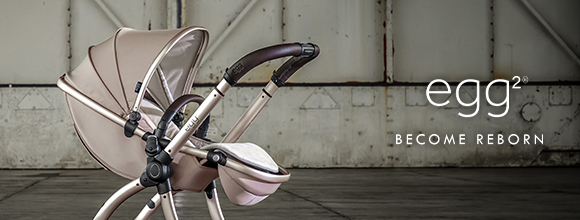

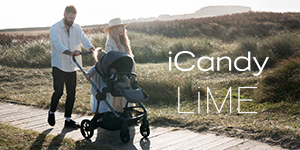
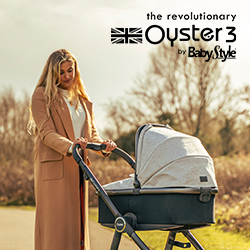
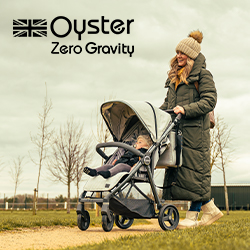
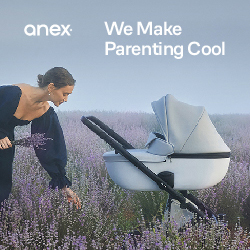
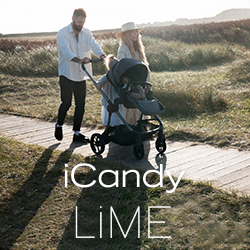
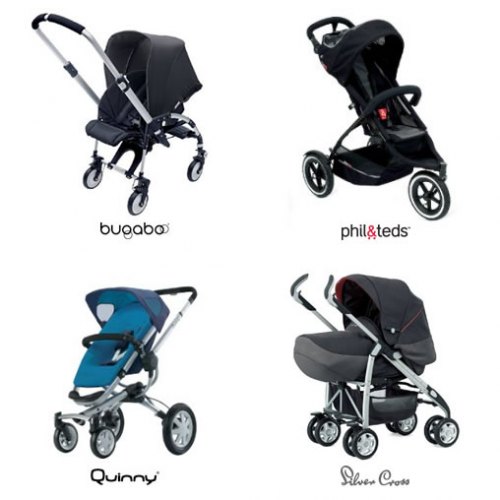

0 Comments
Trackbacks/Pingbacks